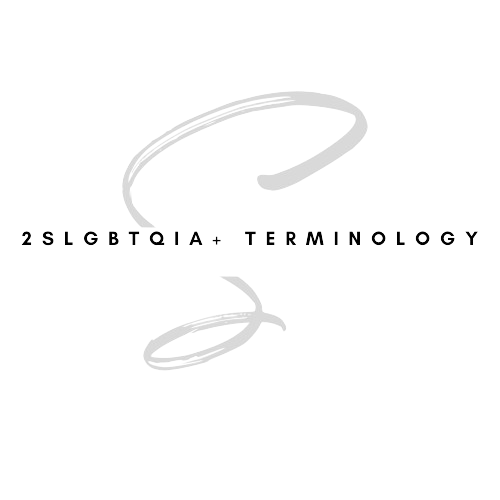2SLGBTQIA+ Terminology: Avoiding Harm in Our Writing and Editing
 In this installment of the series, “Avoiding Harm in Our Writing and Editing,” I continue on the topic of inclusive language with a look at 2SLGBTQIA+ terminology.
In this installment of the series, “Avoiding Harm in Our Writing and Editing,” I continue on the topic of inclusive language with a look at 2SLGBTQIA+ terminology.
Last week, I provided you with a list of best practices for “Disability-Affirming Language.” This week, I will be focusing on 2SLGBTQIA+ terminology. Specifically, I will be covering language tips and tricks when writing or editing content that mention the 2SLGBTQIA+ community.
Resources and Further Reading
- For further information, The Radical Copy Editor’s Style Guide to Writing about Transgender People is a great resource for learning more about terminology, the history of the singular “they,” and recent style guide changes.
- The Trans Journalists Association Stylebook and Coverage Guide is another great resource.
2SLGBTQIA+ Terminology: Before We Begin
The term 2SLGBTQIA+ is defined as Two-Spirit, Lesbian, Gay, Transgender, Queer, Intersex, Asexual, as well as those who identify as part of the sexual and gender diverse communities.
At times, you may also see the acronym, 2STNBGN, which stands for Two-Spirit, Transgender, Non Binary, and Gender Non-Conforming.
Please note that the 2SLGBTQIA+ community is vast and varied, with countless lived experiences. While the following are a few of the ever-evolving best practices used by the 2SLGBTQIA+ community itself, it is not a monolith. For this reason, always defer to how an individual self-identifies, as well as their individual language choices.
Note on 2SLGBTQIA+ Terminology
One point to remember is that even though many individuals may use the term queer community as an umbrella term, there remain those who do not use this reclaimed slur. In the Canadian context, the term 2S is often places at the beginning of the acronym as a way to acknowledge the original inhabitants of this land. in contrast, in the United States, it is common to see this term as LGBT or LGBTQIA+.
Additionally, note that the 2SLGBTQIA+ community intersects with various other identities, and in addition to homophobia and transphobia, individuals can also face compounding oppressions, such as ableism, racism, faithism, sizism, among others.
Finally, for writers and editors working on projects about the 2SLGBTQIA+ community outside of their personal experience, consider hiring a sensitivity reader from the community who can check your content for authenticity and affirming 2SLGBTQIA+ terminology language.
2SLGBTQIA+ Terminology: Best Practices
- Use 2SLGBTQIA+ affirming language, which acknowledges, respects, supports, and validates the experiences of the community.
- Respect reclaimed slurs used by the community itself, such as queer.
- Ensure that certain terminology being used to refer to individuals or characters is culturally and historically appropriate. In particular, certain terms evolved within certain cultural communities and are not used for the all individuals.
Pronouns, Titles, and Honorifics
- Avoid making assumptions about an individual’s pronouns.
- Use the singular pronoun “they” when referring to an individual or character whose gender is not known, or who uses they/them pronouns. (Ex: Carlos is amazing. They helped me with my project.)
- Keep in mind that pronouns come in variations, such as she/her, he/him, they/them, she/they, they/she, etc. In addition, note that there are also neopronouns, which exist beyond, she, he, and they. Some examples include xe/xem, ze/hir, as well as ey/em.
- Refrain from using gendered honorifics, titles, etc. unless confirmed.
Gender-Neutral Language
- Do not use gendered-language. Instead, opt for gender-neutral language. (Ex: Opt for folks or everyone over ladies and gentlemen, pregnant people versus pregnant women versus, humanity over mankind, etc.).
Finally, be sure to check out previous parts of this series, which focus on “Inclusive Language Tips,” “Disability-Affirming Language,” “Plain Language Tips,” and “Accessibility Tips” in-depth, and offer tips, tricks, and best practices.
What else can we add to this list? I always appreciate suggestions! For inclusive language projects, please visit my inclusive language page, which lists my full experience and rates. Questions? Comments? Contact me for more information about your project needs.
